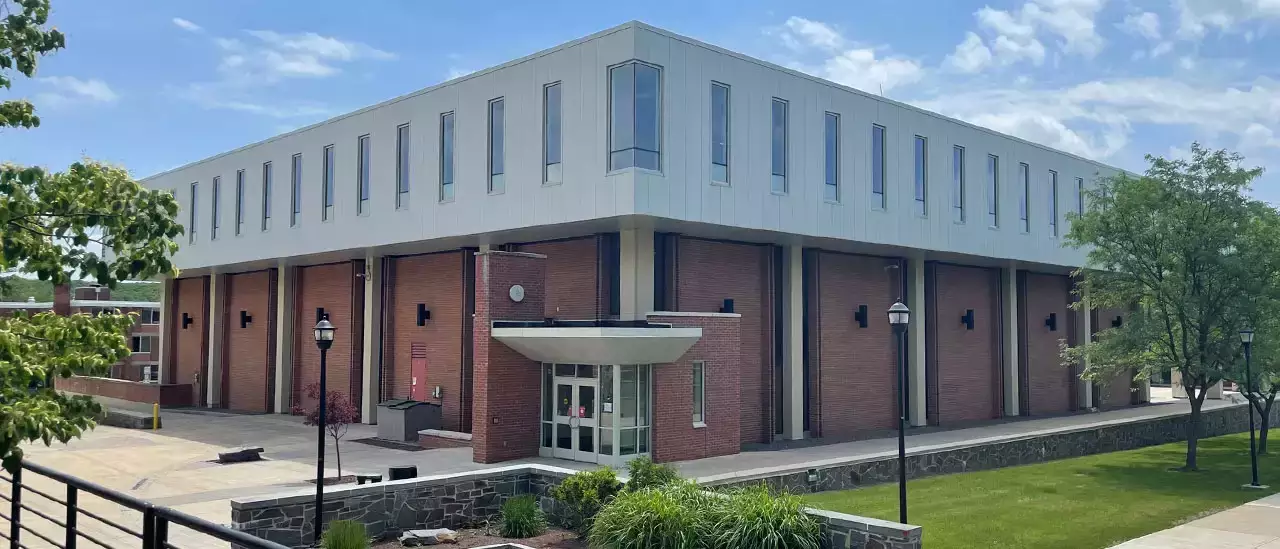SUNY Oneonta’s Milne Library is a vibrant hub of knowledge for students, staff members and the community – a place where learning, creativity and collaboration come to life.
With five floors and an extensive collection of books, journals and multimedia resources (more than 400,000!), Milne is a one-stop shop for academic research as well as personal enrichment. But we offer much more than just books and study materials.
Community Use
SUNY Oneonta offers the use of the library's facilities and collections to individuals who are not affiliated with the university.
- Borrow materials from the circulating collection - area residents may apply for a community borrower library card (see requirements below)
- Computer Access - computer and internet access is provided for patrons on a first come, first serve basis.
- Scanning - a selection of document scanners are available for patron use. Many of these scanners can send a document directly to a patron's email address, or can be saved directly to a patron supplied USB storage device.
- Reading Room - located on the first floor across from Argo Tea, the Milne Library reading room has comfortable seating and current issues of print periodicals and newspapers.
- Research Assistance - research assistance is available to all patrons at the Reference desk on the main floor of the library.
- In-house Use - library materials are available for use in the library for all patrons. We ask that all patrons abide by posted library rules and policies.
- Must be a resident of the area that includes Otsego, Chenango, Delaware, Broome, Herkimer, Madison, Greene and Schoharie counties.
- Must be at least 18 years of age.
- Must not be currently enrolled in high school. Separate arrangements with area high schools govern student borrowing of library materials.
- Must present identification that shows their current mailing address. If the identification presented does not list a current mailing address, a piece of mail postmarked within the past 3 months will be accepted as proof of address. A piece of mail by itself is not considered identification.
- Must complete application card.
Community Borrower library cards may be issued whenever the Circulation Desk of the library is open if the application process has been successful. If not, circulating library materials already selected by the patron may be held for them at the Circulation Desk for a maximum of 5 days while they complete the application process.
There is no charge to the borrower for the card. The card is valid for one year. At the end of the year, the card may be renewed if there are no outstanding fines or overdue items.
The Community Borrower card is not transferable to other individuals. Other adult family members will need to apply for their own card.
Cardholders need to report any change in address, phone number, or name at the Circulation Desk as soon as possible in order to update their record.
Patrons are welcome to park in a 30-minute visitor parking spot along the one-way road, West Dorm Drive.
For longer visits during the academic year, especially during the work week, patrons will need to get a free parking pass from the circulation or reference desk inside the Milne Library. Parking after 6 p.m. on weekdays and Saturdays does not require a pass.
Patrons parking along West Dorm Drive must walk around the building and enter at the front public entrance.
Need some help? We’ve got you covered. Milne Library is home to Accessibility Resources, where eligible students can coordinate learning accommodations; the Student Learning Center, where you’ll find peer tutoring, professional academic coaching and writing consultations and workshops; and IT Services, offering all kinds of technological support.
Did you know? The library has a secret sub-basement with movable shelves and a huge collection of old microfilms, maps, newspapers, textbooks, CDs, DVDs and more!
